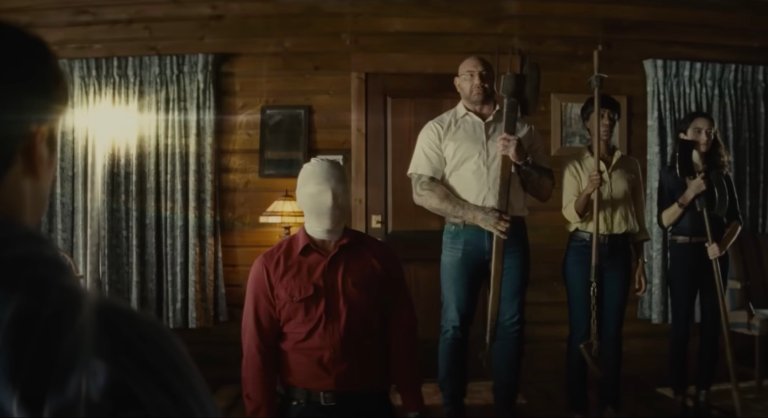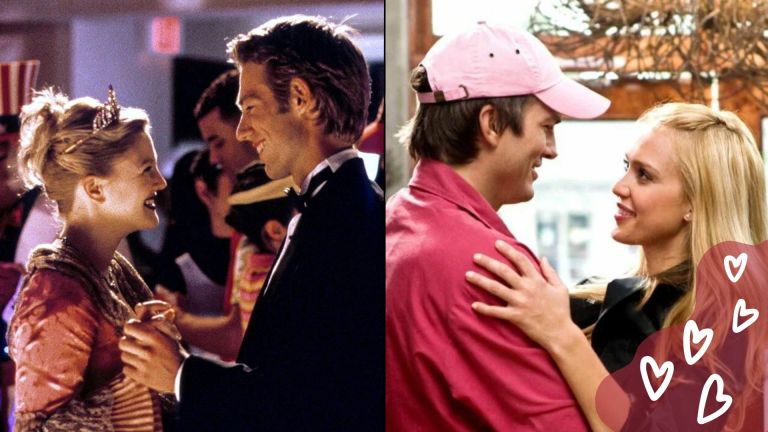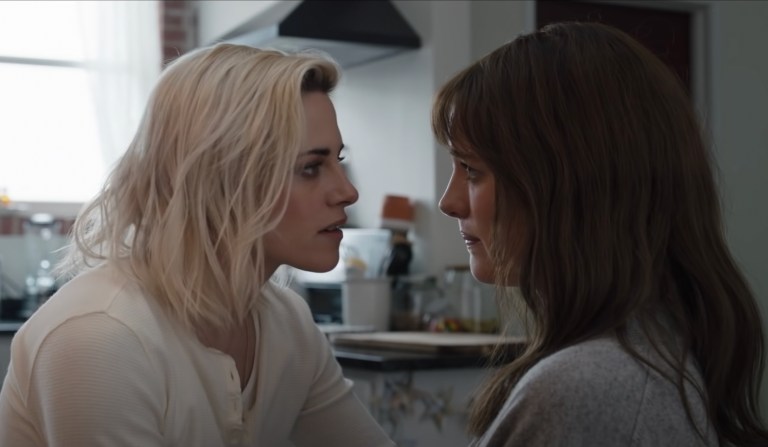Michael Haneke and The White Ribbon
“Regarding” is a revoltingly unsentimental description of what a filmmaker does, but then Haneke is not a sentimental filmmaker. An affectless style traces out his signature mood: danger, glazed with calm, that gathers in quiet waves. Haneke’s camera rarely moves, and when it does, it lurks.

Michael Haneke’s movies share a basic setup, which is this: a chilly woman and her doltish, balking husband are living in bourgeois comfort. Something mysterious and traumatic happens. There is damage. At the periphery is their sullen, uncommunicative child, who looks like a victim of the trauma but seems to know more about what is happening than he lets on. The damage accumulates. We want to blame someone. And then, without comment, the movie stops. Haneke’s films destabilize on two fronts: they disable our instinct to discover innocence, but they also deny us the catharsis of assigning definitive guilt. “There are wounds in every kind of life,” Haneke told Anthony Lane in The New Yorker. “I am regarding the world around me and I have a precise eye for pain.”
“Regarding” is a revoltingly unsentimental description of what a filmmaker does, but then Haneke is not a sentimental filmmaker. An affectless style traces out his signature mood: danger, glazed with calm, that gathers in quiet waves. Haneke’s camera rarely moves, and when it does, it lurks. No external music jerks the viewer forward. Narrative action is buried in the background of a shot, or laced into a blank bit of dialogue, or suggested by a rustle of context. His most striking films do not tell stories; they are a series of scenes in which a story has happened.
But no one will mistake Haneke for a maker of sleepy, wispy films. Like Brecht’s plays or Joyce’s novels, the voltage in Haneke’s pictures is generated –– not sapped –– by their high design, which extends to the recurring names of his protagonists: they are called Anna and Georg in his German-language films, Anne and Georges in his French ones, and Ann and George in his English one. This squares with Haneke’s fabulist m.o., and it also draws attention to the curious zone between reality and myth that his movies occupy. There is nothing obviously fantastical about his films, but they shimmer with the anxious lamination of the unreal. In Benny’s Video (1992), a teenager invites a classmate to his bedroom and then abruptly kills her, with a slaughterhouse bolt-gun. The boy’s parents, doting and a little too concerned with their reputation as guardians, decide not to turn him in. Father will stay at home and dispose of the body while mother and son leave the country to lie low for a while. They book a flight to Egypt, where they sit in cafés and play backgammon. She reads the newspaper, and he loafs around on the beach. They do not speak. These scenes, all sun and late-afternoon languor, draw out the initial moment of unease into a long spell of delirium. If a limit of plausibility is being challenged in Haneke’s movies, it is that of human empathy, of the stock we place in understanding other people’s motivations. Benny’s father is at home chopping a body into small pieces, the better to smuggle it quietly out of the apartment, but Benny seems concerned only with his sunburn. Motive doesn’t enter into it.
At least, not at the level of the individual. There are big historical themes in Haneke’s films, entering tangentially but with the suggestion that it is bad wiring in society that, transmitted to individuals, is causing the fires. Racism and colonial guilt are favorites, but it is the effect of popular media—particularly the sanitized stimulations peddled by Hollywood thrillers and horror films—in which Haneke appears to have the most consistent stake. But in this arena, Haneke’s clerical scorn too often gets cooked up into a kind of arch, knowing smugness. In Funny Games (1997), a pair of fresh-faced young men in tennis whites invades a family’s vacation home. They are endlessly polite in the course of their grim business, which is brutal and grinningly purposeless. At one point, contemplating the young housewife’s pleas for mercy, one of the thugs turns to the camera and asks us whether he should let her live. “I mean, you want a real ending, right, with plausible plot development, don’t you?”
If this sounds self-impressed and grindingly undergraduate, that’s because it is. But a funny thing happens. The point is made, but then it shuffles into the background. Haneke’s anti-thrillers turn out to be thrilling in their own right. Haneke is conspicuously good with actors, and for all his movies’ blank rigor they house performances of startling color and intensity. Who needs Haneke’s didactic ardor when his films are already supercharged the old-fashioned way?
The White Ribbon, Haneke’s latest film, is subtitled Eine deutsche Kindergeschichte –– A German Children’s Story –– but by now we know better. It is not his first movie to have a rural setting, but it is among a notable few. In his other films, everybody seems to have spent sorrowful formative years in far-off country manors. The countryside, in Haneke’s world, is where people first acquire the emotional lacerations that they move to big cities in order to escape.
The new film begins in the summer of 1913, one year before a certain Archduke is to be assassinated in Sarajevo. Somebody is making violent mischief about town. Roiling Hanekan disquiet ensues, compounded this time by the fact that there are multiple crimes and multiple suspects. Who strung the wire that tripped the doctor’s horse? Who shredded up the baron’s cabbage field? Who set fire to the barn? Like the inhabitants of so many isolated villages before theirs, the townspeople in Haneke’s film close in on each other when threatened, to no one’s benefit. Winter falls; the air thins. No one will make it to spring without bearing bruises.

The White Ribbon is Haneke’s longest movie to date. It is in black and white, and beautifully so. Its events are narrated by the town’s schoolteacher, who is recounting the story in old age. As he appears in his own story, the teacher turns out to be something like a point of identification, Haneke’s first unambiguously innocent main character –– sweet and attentive and with a face like kind oatmeal. As plotmaking goes, the shift in perspective should be positively cataclysmic. But Haneke is not after cataclysm with The White Ribbon, and the movie’s surprises are more of the degree of achievement than of its method. This is one way to say that a style has hardened into uniformity, but in Haneke, such consistency is a sign that a sore spot has been located, along with the most effective way of applying deadly pressure. ![]()




